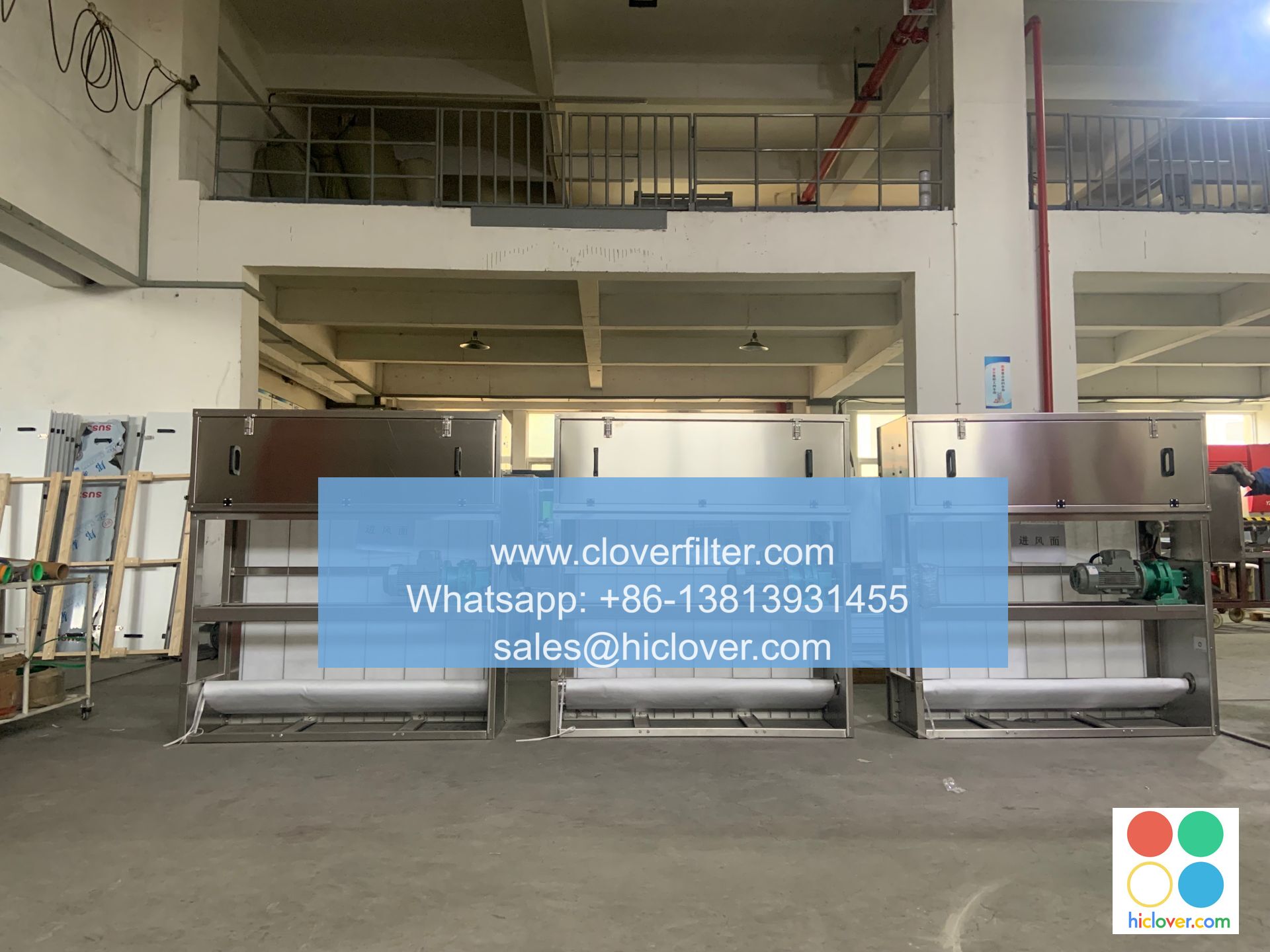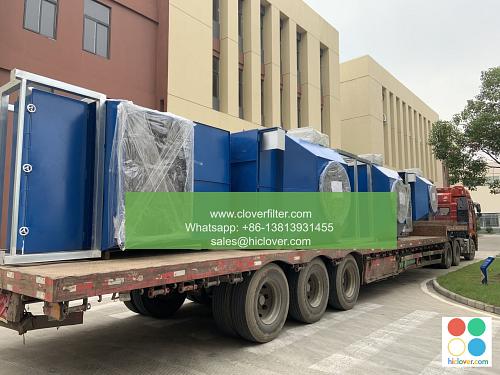Emory University’s Innovative Approach to Air Filtration in Virus Containment

Emory University has been at the forefront of innovation in air filtration systems, particularly in the context of virus containment. With the rise of global health concerns, the need for effective air filtration technologies has become increasingly important. In this article, we will delve into Emory University’s cutting-edge approach to air filtration, highlighting its application areas, key benefits, and technological advancements.
Introduction to Air Filtration in Virus Containment
Air filtration plays a crucial role in preventing the spread of airborne viruses, such as COVID-19, SARS, and influenza. Effective air filtration systems can significantly reduce the transmission of these viruses, protecting individuals in high-risk environments, including healthcare settings, research laboratories, and public gathering spaces. Emory University’s innovative approach to air filtration has been specifically designed to address these concerns.
Key Features of Emory University’s Air Filtration System
Emory University’s air filtration system boasts several key features that set it apart from traditional systems:
* High-Efficiency Particulate Air (HEPA) filters: These filters are capable of capturing 99.97% of particles as small as 0.3 microns, including viruses, bacteria, and other airborne pathogens.
* Ultraviolet (UV) light disinfection: This technology uses UV-C light to inactivate microorganisms, providing an additional layer of protection against airborne viruses.
* Advanced airflow management: The system’s intelligent airflow management system ensures that air is properly circulated and filtered, minimizing the risk of virus transmission.
Application Areas
Emory University’s innovative air filtration system has a wide range of application areas, including:
* Healthcare settings: Hospitals, clinics, and other healthcare facilities can benefit from this system, protecting patients, staff, and visitors from airborne viruses.
* Research laboratories: Laboratories working with viruses and other pathogens can use this system to prevent the spread of these microorganisms and protect researchers.
* Public gathering spaces: Airports, schools, and other public spaces can implement this system to reduce the risk of virus transmission and protect occupants.
Benefits of Emory University’s Air Filtration System
The benefits of Emory University’s air filtration system are numerous, including:
* Improved indoor air quality: The system effectively removes airborne viruses, bacteria, and other pathogens, creating a healthier indoor environment.
* Reduced risk of virus transmission: By capturing and inactivating airborne viruses, the system reduces the risk of transmission, protecting individuals in high-risk environments.
* Increased protection for vulnerable populations: The system provides an additional layer of protection for vulnerable populations, such as the elderly, young children, and those with compromised immune systems.
Conclusion
Emory University’s innovative approach to air filtration in virus containment has the potential to revolutionize the way we protect against airborne viruses. With its high-efficiency filters, UV light disinfection, and advanced airflow management, this system provides a comprehensive solution for healthcare settings, research laboratories, and public gathering spaces. As we continue to navigate the challenges of global health concerns, Emory University’s air filtration system serves as a beacon of hope, highlighting the importance of innovation, technological advancements, and collaboration in the pursuit of a healthier, safer world.

